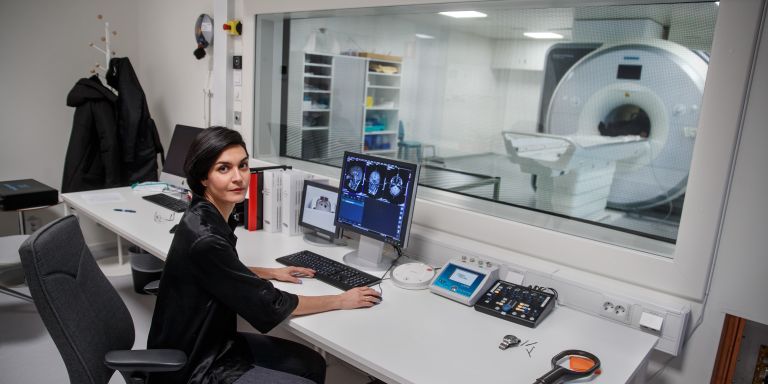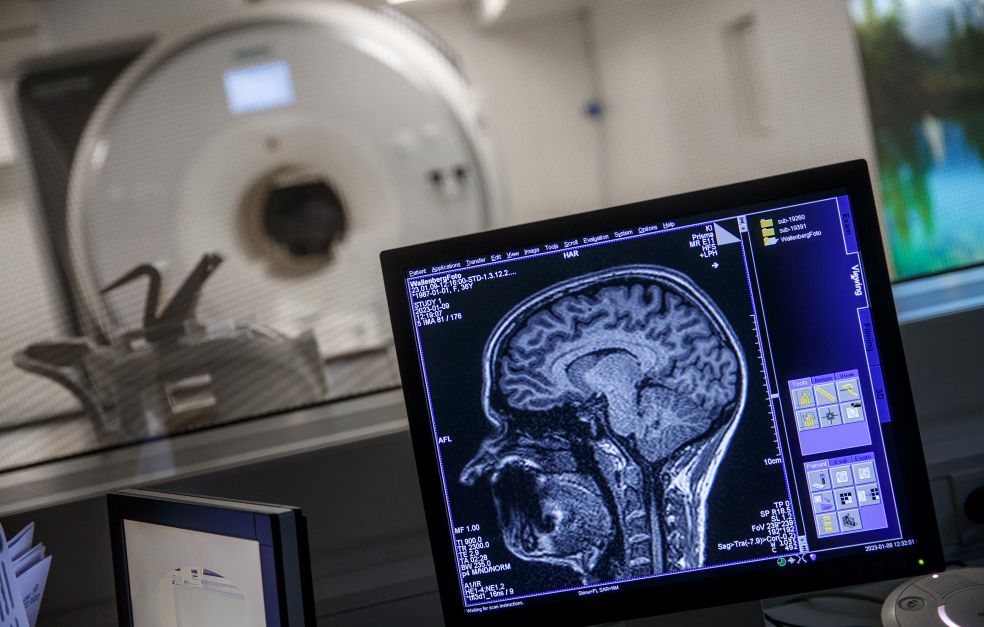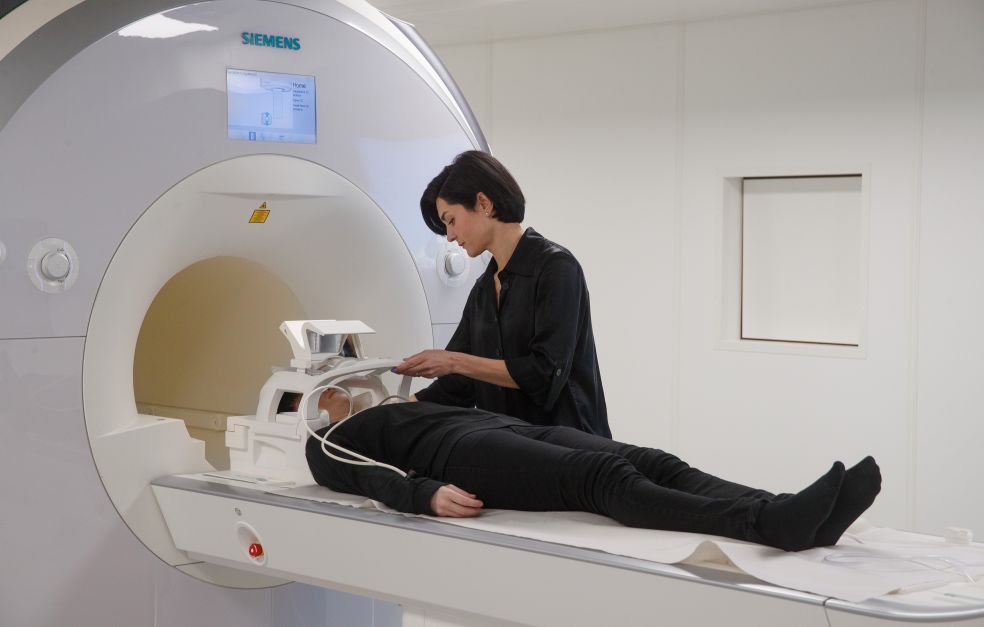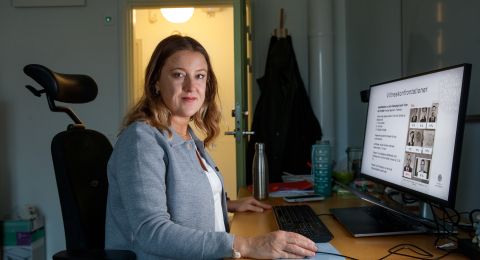Mental health issues affect quality of life for millions of people. Many people first experience anxiety in their early teen years as their brain rapidly develops. Armita Golkar is researching on this sensitive period in the hope that new findings will improve the treatment of mental illness.
Armita Golkar
PhD, Psychology
Wallenberg Academy Fellow 2021
Institution:
Stockholm University
Research field:
Various aspects of emotional learning; in particular how we learn from and remember situations we have perceived to be threatening or frightening
Many millions of people have been diagnosed with anxiety. Most of them meet the diagnostic criteria even in their teens. Yet research in this field often focuses on adults.
Golkar researches in psychology at Stockholm University. She thinks it is time for a new approach.
“Many people who seek help for treatment of their anxiety have had problems since they were young, on average as early as age 11. I began with a fairly open question: can we identify the contributory factors in this process even as problems begin to occur?”
A sensitive phase in life
The transition from childhood to the teenage years is a sensitive phase in life. Studies show that far-reaching changes occur in the nervous system during these years.
Researchers have used various imaging techniques to reveal how regions of the brain develop and mature at different rates. Areas in prefrontal regions mostly start to develop in the teens, whereas the parts of the brain that process emotions and impulses develop earlier. Among other things, this may result in a greater tendency to take risks, which is associated with the teenage years.
“This is a period when we see major changes in the systems that support the ability to regulate emotions,” Golkar says.
Children and young people are also highly receptive to social information and impressions from their surroundings. They can be overwhelmed by their emotions as they fall in love for the first time or suffer from a broken heart. Youngsters develop more and more of an identity and personality of their own.
“And they find themselves in a more complex social environment. We move away from a world where parents and other grown-ups are role models to one in which people our own age and friends begin to dominate our social information. During this phase we are also under increasing pressure to learn to regulate negative experiences that make us afraid.”
But more research is needed into how emotional regulation systems in children and young people integrate social information.
“The risk of developing anxiety is impacted by experiences we have had in situations where we have felt threatened. If we’ve learnt to regulate our emotions, we’ll be better equipped to develop a resistance to mental illness. But if we haven’t developed our ability to regulate our emotions, we run a greater risk of suffering from fear and anxiety-related illness.”
Mapping neural systems
Golkar wants to identify these mechanisms. She is conducting a research project in which she is studying a large number of young volunteers – almost 400 – aged between 9 and 17.
She is using brain imaging methods to study the neural systems that support fear regulation. Among other things, the children are given various tasks related to classical fear conditioning while their brain activity is simultaneously studied using a functional MR camera.
The project is also examining whether there is a difference between when the children perform the tasks individually and when they receive additional social information as others perform the same tasks.
“We’re also comparing the effect of receiving social information from different age groups to identify differences in learning and decision making.”
In one part of the project the researchers are studying brain development in relation to experience of trauma.
“There are studies suggesting that early negative life experiences and stress can impact development of neural processes. We want to ascertain the impact of any such effects on social learning.”
Better therapies
New knowledge may improve our understanding of the ways that anxiety problems gain a foothold, and ultimately lead to better therapies.
“Untreated anxiety in the teenage years may adversely affect the prognosis as an adult, and it’s important to get the right treatment.”
One challenge is that current therapies have been developed to meet the needs of adults, rather than children or young people.
“Given that social learning is so central to the lives of children and teenagers, we ought to be able to use this form of learning to change associations that have already been learnt as a means of reducing established fears.”
As a Wallenberg Academy Fellow, Golkar now has the resources to build her own research team.
“Most of those seeking help for treatment of their anxiety have experienced problems from an early age – from the age of 11 on average.”
“Funding of this kind spurs me on. I can plan and carry out research that takes longer – it’s a fantastic opportunity that I want to make the most of.”
Some of her research is being conducted in collaboration with Leiden University in the Netherlands.
“They possess expertise, well-developed logistics and knowledge to study large groups of children. And they are at the forefront when it comes to studying neural development in children and teenagers.”
Golkar is driven by a desire to make fundamental new findings, but she also sees a value in communicating and popularizing research, among other things via her involvement in the Swedish TV program Fråga Lund (“Ask Lund”).
“I not only want to make my own findings known – I want to raise the profile of my discipline as a whole, and represent research in the community. It’s part of my job and an important role that we as researchers can play,” she says.
Text Nils Johan Tjärnlund
Translation Maxwell Arding
Photo Magnus Bergström






